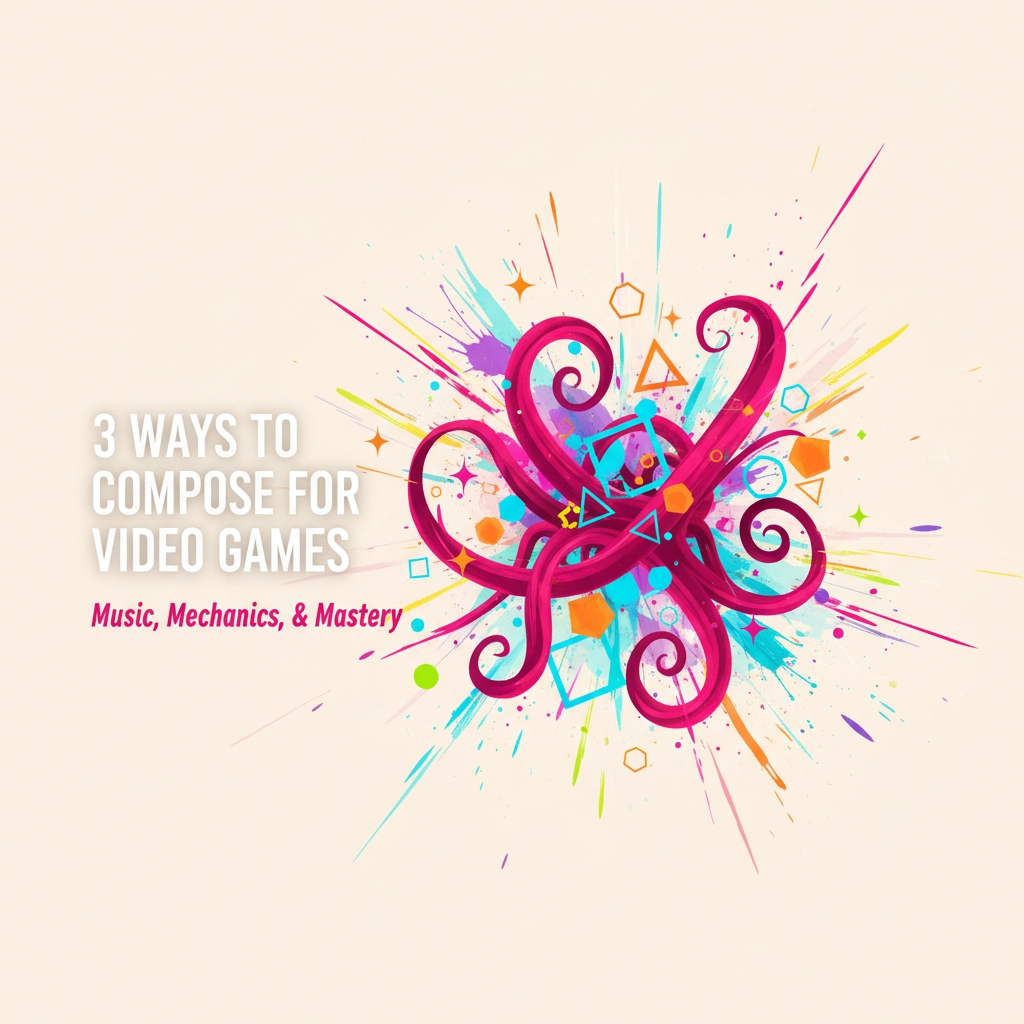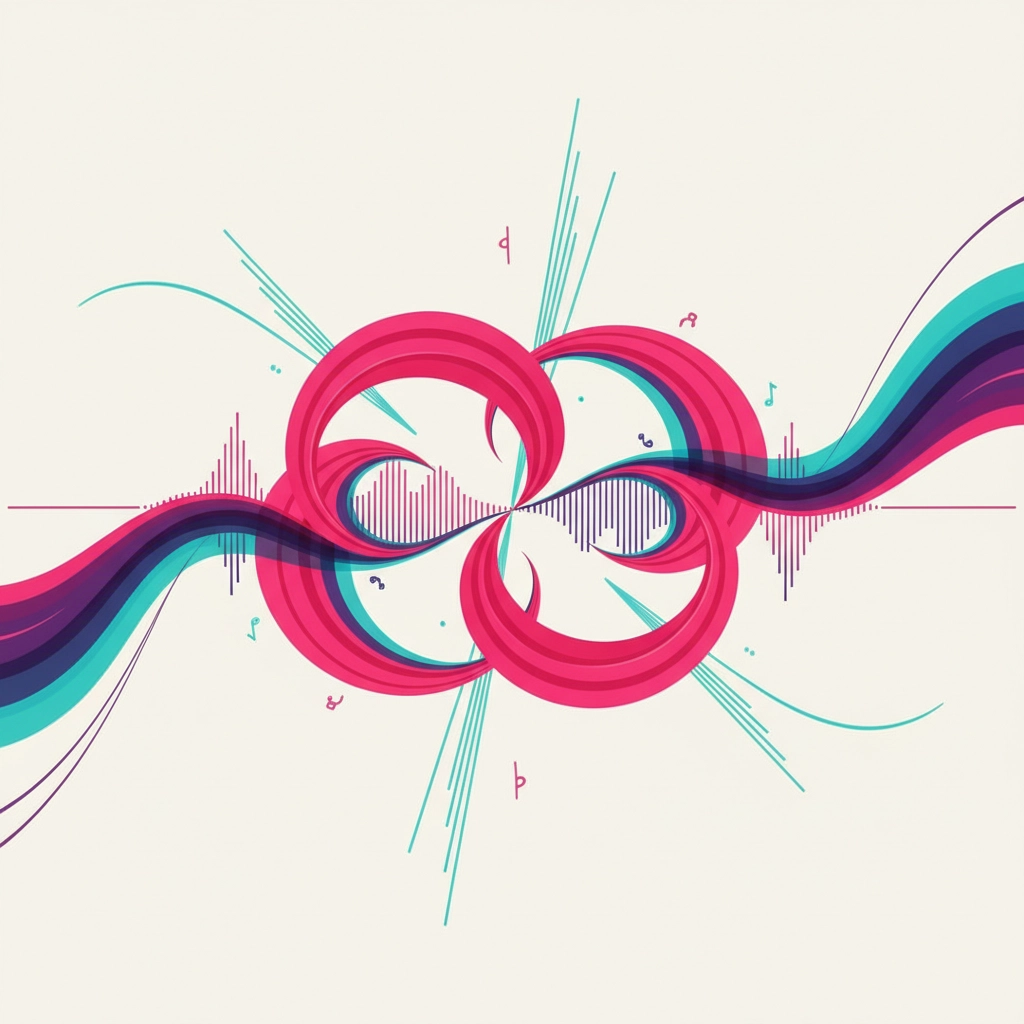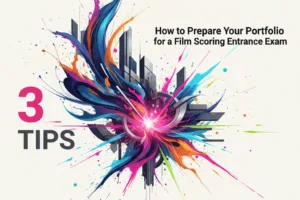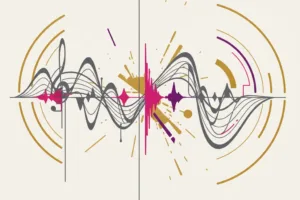
How to Compose Music for Video Games
- Posted by Filip Sijanec
- Date September 26, 2025
- Comments 0 comment
Reading time: 6 minutes
Video game music isn’t just background noise: it’s an interactive art form that responds to player actions, adapts to gameplay scenarios, and creates emotional journeys that can last hundreds of hours. If you’re passionate about composing for film and television and want to explore the gaming world, you’re entering one of the most exciting and technically demanding areas of media composition.
Unlike linear media where your music plays from start to finish, game music must be modular, adaptive, and endlessly listenable. It’s a challenge that requires both creative vision and technical prowess: but the rewards are immense.



Understanding the Interactive Music Landscape
The Power of Non-Linear Storytelling Game music faces a unique challenge: you never know exactly when or how your music will be heard. Players might spend five minutes in a location you scored for thirty seconds, or rush through a boss battle you crafted to be epic and drawn-out. This uncertainty is precisely what makes game music composition so fascinating. Your compositions need to support the emotional arc of the game whilst remaining flexible enough to adapt to player behaviour. Think of it as writing music that breathes with the gameplay: expanding during intense moments, contracting during exploration, and seamlessly transitioning between different emotional states. Looping: Your New Best Friend Mastering the art of seamless loops is fundamental to successful game composition. A well-crafted loop should feel eternal without becoming tiresome. The secret lies in creating subtle variations within repetition: small harmonic shifts, rhythmic variations, or instrumental changes that keep the ear engaged without drawing attention to the loop point. Start with simple 8-16 bar loops and focus on making the transition from end to beginning completely invisible. Once you’ve mastered this, you can create longer, more complex structures that still loop seamlessly.
The Art of Adaptive Composition
Vertical and Horizontal Layering Interactive music typically employs two primary techniques: vertical layering and horizontal re-sequencing. Vertical layering involves creating multiple instrumental stems that can play simultaneously: imagine a base layer with strings, a percussion layer for tension, and a brass layer for climactic moments. The game engine mixes these layers based on gameplay intensity. Horizontal re-sequencing allows different musical sections to flow into one another based on player actions. You might compose a peaceful exploration theme that can instantly transition to combat music when enemies appear, then smoothly return to exploration once the threat passes. Creating Emotional Architecture Think of your game score as emotional architecture rather than traditional composition. You’re building spaces that players inhabit rather than journeys they follow. Each piece needs to:- Establish a clear emotional foundation
- Allow for dynamic intensity changes
- Provide smooth transition points
- Support extended listening without fatigue
Technical Considerations and Middleware
Understanding Audio Middleware Modern game development relies heavily on audio middleware like FMOD and Wwise. Whilst you don’t need to be an expert programmer, understanding how these systems work will make you a more valuable collaborator and help you compose more effectively for interactive implementation. These tools allow developers to create complex audio behaviours: your peaceful forest music might gradually introduce tension as enemies get closer, or your combat theme might dynamically adjust its intensity based on the player’s health. Learning the basics of how your music will be implemented helps you compose with these possibilities in mind. DAW Workflow for Games Your DAW workflow training becomes crucial when preparing music for games. You’ll need to deliver stems, loops, and sometimes individual instrument tracks rather than just final mixes. Organise your projects with clear naming conventions, colour-coding, and logical track arrangements that make it easy to export different combinations of elements. Practice creating modular compositions where individual elements can be muted, mixed, or triggered independently. This might mean composing a piece where the drums, bass, harmony, and melody can all function as separate, controllable layers.
Collaborating with Game Developers
Speaking the Developer’s Language Successful game composers learn to communicate in terms developers understand. Instead of describing your music as “ethereal” or “haunting,” try “low-intensity ambient with gradual build potential” or “modular combat theme with three intensity levels.” This practical vocabulary helps ensure your creative vision translates effectively into the final game. Understanding Technical Constraints Games have strict technical limitations: file size restrictions, simultaneous audio channel limits, and memory constraints all affect your compositional choices. Embrace these limitations as creative parameters rather than obstacles. Some of the most memorable game music has emerged from clever workarounds to technical restrictions. Iteration and Feedback Game development is iterative, and your music will likely go through multiple revisions as the game evolves. Maintain organised project files, keep detailed notes about changes, and develop a thick skin for feedback. The music that sounds perfect in isolation might not work in the context of gameplay, sound effects, and player actions.Building Your Game Music Portfolio
Diverse Genre Representation Your demo reel should showcase versatility across different game genres. Include examples of:- Looping ambient music for exploration
- Dynamic combat themes with multiple intensity levels
- Character or location-specific themes
- Interactive transition examples
- UI/menu music that’s engaging but non-intrusive

The Sound Arcade Advantage
At Sound Arcade, our 1:1 composition lessons are specifically designed to bridge the gap between traditional composition training and modern media demands. Our approach to game music composition combines creative development with practical technical skills. Our private composition coaching covers everything from basic looping techniques to advanced middleware integration. We understand that successful game composers need both musical creativity and technical proficiency: our curriculum reflects this dual focus. Whether you’re preparing for entrance exams at institutions like the NFTS or RCM, or building a professional portfolio, our film composer mentorship programme adapts to your specific goals. We’ve guided students through the unique challenges of interactive composition, helping them develop the skills needed for this exciting field.Your Next Steps
Start by analysing games you love: not just their music, but how that music responds to gameplay. Notice how the score adapts to your actions, supports different emotional moments, and maintains interest over extended play sessions. Begin experimenting with loop-based composition in your DAW. Create simple 8-bar loops and focus on seamless transitions. Once you’re comfortable with basic looping, start exploring layered compositions where different instrumental elements can be combined or separated. Consider reaching out to indie game developers or student projects. The gaming industry thrives on collaboration, and many developers are eager to work with passionate composers who understand their medium. The world of game music composition offers endless creative possibilities for composers willing to embrace its unique challenges. With proper guidance, technical understanding, and creative vision, you can create musical experiences that enhance players’ emotional journeys and become integral parts of their gaming memories. Ready to start your journey into interactive composition? Our composition lessons provide the personalised guidance you need to master this exciting field.Filip Sijanec is an award-winning composer and educator based in London. He serves as Professor at the Royal College of Music and NFTS, and teaches composition and music technology at ICMP and ThinkSpace, mentoring aspiring composers. He is the composer for an Oscar-nominated film and creates original music for film, games, theatre, and commercials.
You may also like

How to Compose Music for Films
September 26, 2025

How to Prepare Your Portfolio for a Film Scoring Entrance Exam
September 20, 2025

On Ear Training & Craft: Why Your Ear Matters More Than Your Plugins
September 11, 2025
